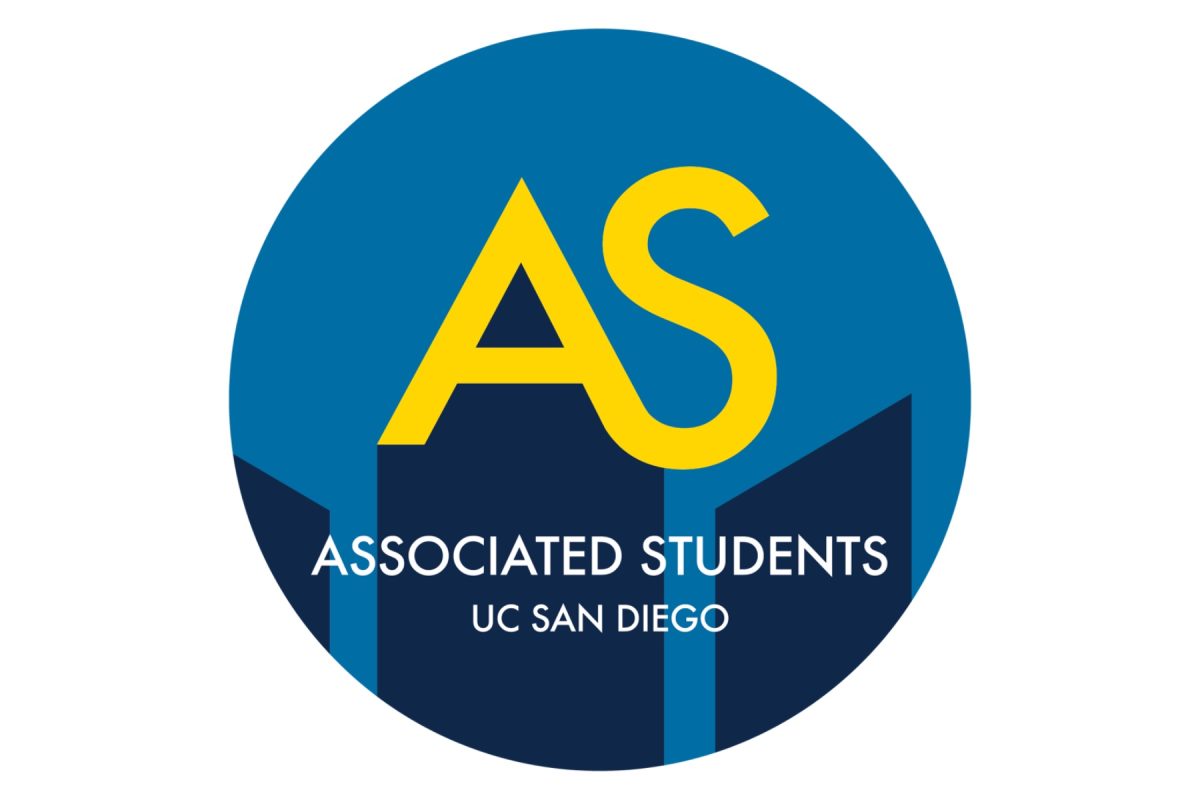The La Jolla Town Council voted in unanimous support of using rotating, plastic cylinders as a remedy for the pervasive sea lion population and the stench that comes with its poop. The La Jolla Coastal Committee presented the barrier solution at a forum on Jan. 12 at the La Jolla Community Center.
Once the barrier project is approved by the California Coastal Commission, the city has full authority to install it under the Marine Mammal Protection Act.
The proposed Marine Mammal Safety Barrier consists of two to three levels of plastic cylinders fixed on stainless steel cables suspended from solid, stainless steel posts drilled in the ground close to the water; this would prevent the animals from climbing up the rocks near people and establishments because they would not be able to get traction to climb over the barriers.
According to KPBS, residents say the issue arose three years ago when a wooden fence, installed along the cliffs, eliminated human interruption while birds and sea lions poop on the beach, creating an odor that La Jolla residents claim has intensified over the years.
“The smell here in La Jolla makes it very difficult for anyone of us who live here to put up with it, and it makes it very difficult for tourists to come here,” La Jolla resident Barry Jadgoda told CBS8. “It hurts the business, it hurts the community and it hurts the individuals.”
The Coastal Committee considered other solutions, including physical removal of the animals with harassment techniques approved by the National Oceanic and Atmospheric Administration such as ultrasonic fences, electrical dispersal, visual deterrents and audio deterrents — many of which would require persistent long-term efforts or may pose dangers to either the animals, humans or land.
President of La Jolla Town Council and UCSD alumnus Steve Haskins, while uneased by the stench, assured the UCSD Guardian that the use of the method would not risk the animals’ safety.
“[This method] is the least objectionable [as it does] no harm to the animals,” Haskins told the Guardian. “[It will] keep humans and sea lions separated [while] avoiding human harassment of the sea lions.”
The parts necessary for the barrier project are available in the marine industry without having to specially order them, and the marine-grade materials ensure durability. According to the Coastal Committee’s presentation, barriers are the best option as a low-cost, low-tech and safe approach.
A one-way safety release option enables the soft barriers to open in the unlikely event that a sea lion climbs over the barrier, according to the presentation.
Barriers are expected to be placed at the large, flat shelf east of the Cove where sea lions have been known to gather. At approximately 4.3 feet in height, the barriers can be painted to match the colors of the rocks, offering a low-profile solution.
Additionally, the Children’s Pool Rope Barrier, approved by the California Coastal Commission in 2014, which was also intended to separate humans from oceanic wild animals, serves as a precedent for the sea lion barrier.
Currently, La Jolla performs a spraying regimen using a bioactive product on the bluffs three times monthly, which only removes the stench for a few days at a time. The process is high-maintenance in manual labor, subject to weather conditions and costs $7,200 per month while the one-time cost of the barriers is estimated to be $14,000.
The La Jolla Town Council encourages community advisory groups to hold hearings on the proposed solution and to express their support to elected officials of the City of San Diego.








